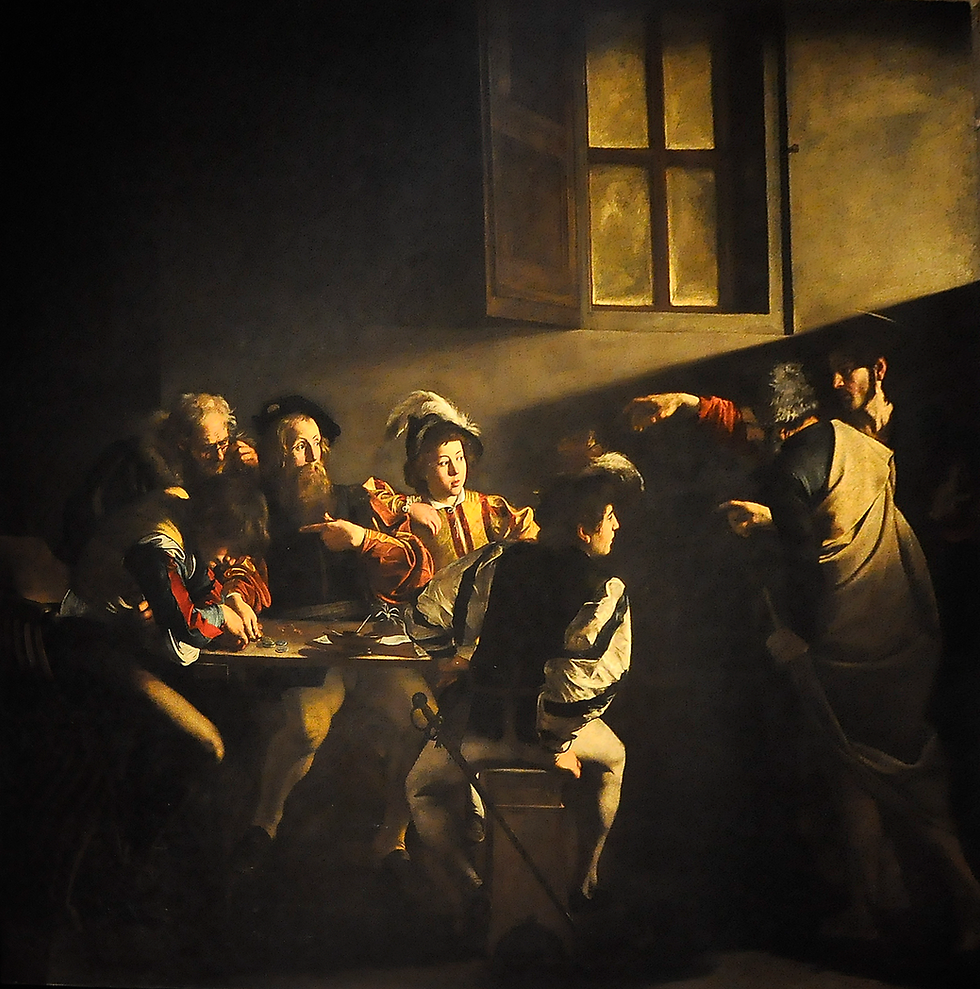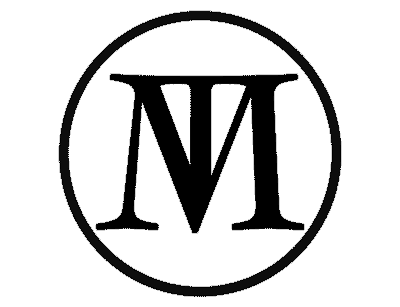Yellow Ochre: A Story of Light and Earth
- Mestan Tekin
- Jan 28
- 5 min read
Updated: Jan 29
Yellow ochre. Its name alone evokes a radiant warmth and a certain familiarity. This mineral pigment, drawn from the depths of the earth, is more than just a color: it embodies a long artistic and cultural tradition that spans the ages. Yellow ochre is one of the very first pigments humanity used to express itself. Extracted directly from the ground, this raw material has been used since prehistoric times to adorn cave walls, enrich ancient murals, and elevate the works of the great masters. Every brushstroke or handprint made with this pigment tells a story of admiration for nature and an exploration of the material’s potential.
In this article, we delve into the history of yellow ochre, unpack its unique chemical properties, and explore its diverse uses in both historical and contemporary art practices. We will also highlight its continued significance in art restoration and ecological creativity. This journey will illuminate the alchemy between earth and art.

An Ancient and Universal Origin
Yellow ochre is one of the first pigments humanity ever used. As early as the prehistoric era, our ancestors mined it from the earth to create frescoes on cave walls. The Lascaux cave paintings, dating back over 17,000 years, are a fascinating testimony to this practice. These prehistoric scenes make extensive use of yellow ochre to depict animals and symbolic motifs. This pigment provides a warmth and texture that remain vivid even millennia later.

But yellow ochre’s story transcends both geography and time. From Africa to the Americas, and from Europe to Asia, this pigment was found wherever the earth offered it. Cultures adopted it not only for its aesthetic qualities but also for its symbolic and practical virtues.
In Ancient Egypt, yellow ochre was used in murals to depict women’s flesh tones, contrasting with the iron red used for men. Remarkable examples can still be seen in the tombs of Thebes, where banquet and offering scenes display a vibrant chromatic vitality enhanced by this natural pigment. The portraits in the tomb of Nebamun (Thebes, Ancient Egypt) showcase the use of yellow ochre for skin tones. Its durability has allowed these works to retain their brilliance despite the passage of time.

The Romans, too, employed it in their frescoes and sculptures. For instance, the frescoes of Pompeii, preserved by the eruption of Vesuvius, reveal how yellow ochre added depth and light to landscapes and painted architectural elements. The Roman frescoes of the Villa of the Mysteries make rich use of yellow ochre for decorative elements, golden garments, and luminous backgrounds that contrast vividly with deep reds.

A Simple Yet Fascinating Mineral Composition
Yellow ochre is a clay tinted by goethite (α-FeO(OH)), an iron-based mineral. Its hue ranges from pale yellow to golden yellow, depending on its purity and the proportions of accompanying minerals.
When heated to temperatures around 300–400 °C, yellow ochre undergoes a transformation: goethite converts to hematite (Fe₂O₃), producing red ochre. This property has been leveraged by artists seeking to expand their color palettes.
One of yellow ochre’s greatest advantages is its stability. Unlike many organic or synthetic pigments, it does not degrade under exposure to light or humidity. This resilience has made it an indispensable ally for artists throughout the ages.

Yellow Ochre in Artistic Techniques
Fresco Painting
In fresco painting, yellow ochre played a key role. Its excellent adhesion to wet plaster, combined with its resistance to light, made it a favored choice. The Roman frescoes of Pompeii are a striking example. The intensity of yellow ochre in these works often results from its ability to blend with other pigments, creating vibrant nuances.
Yellow ochre was also mixed with green pigments like terre verte or malachite to achieve more natural vegetation tones. Fresco painters occasionally applied yellow ochre glazes over red ochre bases to modulate luminosity and soften transitions.
Oil Painting
The advent of oil painting in the 15th century gave yellow ochre a new lease on life. Flemish artists like Jan van Eyck used it for underpainting or to model subtle light effects. In the famous panels of the Ghent Altarpiece, yellow ochre was employed to create a warm base that glows through glazes, adding depth and richness.

When mixed with linseed oil, yellow ochre produces a soft, semi-transparent color ideal for glazing. Combined with more vibrant pigments like vermilion or ultramarine, it tempered contrasts while maintaining harmony across compositions. Dutch masters also used yellow ochre to create flesh tones, blending it with lead white and a hint of red.
The Calling of Saint Matthew by Caravaggio:
In this dramatic scene, Caravaggio uses yellow ochre to subtly model the flesh tones and the golden reflections of light penetrating the room. The pigment adds textural richness and enhances the realistic atmosphere of the composition.

Watercolor and Gouache
In watercolor painting, yellow ochre is prized for its ability to convey warm, natural tones. William Turner, a master of landscape watercolors, often used yellow ochre to depict golden sunsets and sunlit hills.
Though naturally opaque, yellow ochre can be thinned to achieve a remarkable transparency in watercolors. When mixed with blues like indigo or Prussian blue, it creates colored grays and complex shadows. In gouache, it was often blended with white to render soft skies or golden highlights.

The Sunflowers by Vincent van Gogh:
Van Gogh used yellow ochre for the backgrounds and the details of the flowers, creating warm contrasts with his more vibrant chrome yellows. This pigment adds depth and an earthy warmth.

Contemporary Painting and Texture
Today, yellow ochre remains a staple for artists, not only as a pigment but also as a material. In contemporary art, it is often combined with plaster or resin to create textured surfaces. Yves Klein, though primarily associated with blue, also explored pigments like yellow ochre to investigate the materiality and energy of colors.
Modern painters frequently mix yellow ochre with acrylic mediums to achieve effects of transparency or granular texture. In abstract works, it is sometimes sprayed in thin layers to produce subtle depth effects.
Composition VIII by Wassily Kandinsky:
In this abstract masterpiece, Kandinsky incorporates yellow ochre to provide an emotional and stabilizing foundation in a composition rich with contrasts.

Industrial-Scale Pigment Production
The industrialization of yellow ochre extraction and production marked a significant turning point. The Roussillon region in France became renowned for its ochre. By the late 19th century, this industry flourished, supplying pigments for both artists and construction.
However, the rise of synthetic pigments in the 20th century undermined the traditional use of ochre. Synthetic pigments, being cheaper and more versatile, largely replaced natural ochre. Yet, it has never completely
Why Yellow Ochre Remains Valuable Today
In a world where artists strive to reconcile tradition with modernity, yellow ochre has reclaimed a special place. Its chemical stability and natural origin attract those seeking to work with eco-friendly materials.
Art restorers, in particular, consider it an invaluable ally for recreating the palettes of ancient artists. Using synthetic ochre in restorations would be a mistake, as its texture and visual effects differ significantly.
Conclusion
Yellow ochre is more than just a color—it is a journey through time, an immersion in the history of art and the earth. It represents a profound connection between the artist and nature, a reminder of the invaluable resources the soil can provide. Like sienna and umber, yellow ochre has remained a constant in the history of art, enduring across ages with unparalleled resilience and beauty. Its properties, durability, and aesthetics make it an indispensable tool for artists and restorers alike.
Today, it symbolizes a return to authenticity and sustainability in a world seeking meaning and respect for the environment. Yellow ochre reminds us that sometimes, the greatest treasures lie beneath our feet, ready to be transformed into light and art.
If you wish to use yellow ochre in a composition at the studio or on your own, feel free to discuss it with me during class, and I’ll guide you on how to best incorporate it into your mixtures, considering its opacity and chroma characteristics.
Happy painting!




Comments